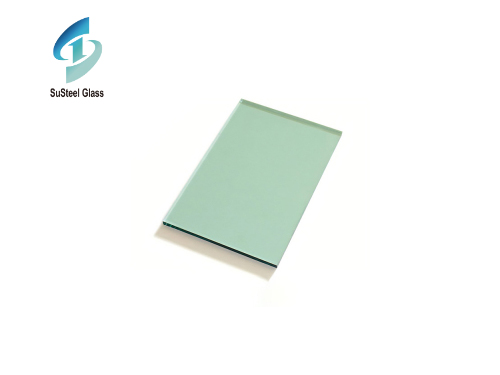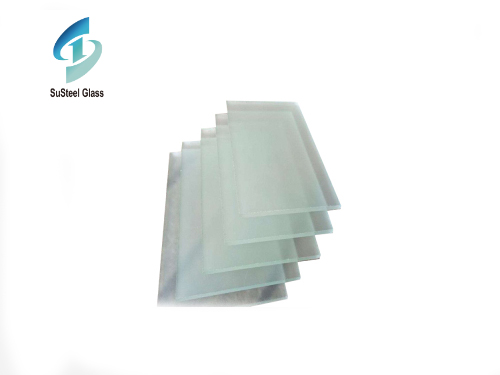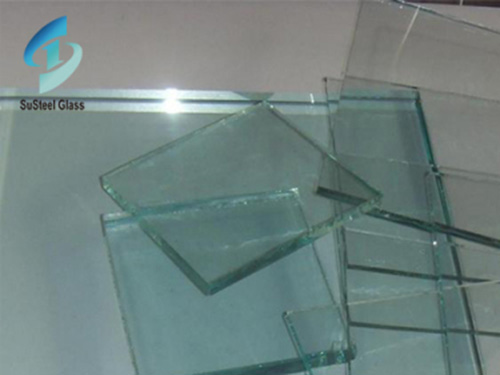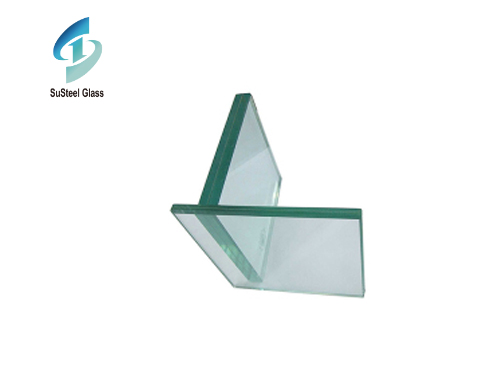
In the realm of optics, where precision and clarity are of paramount importance, quartz glass stands as an exceptional material. With its remarkable optical properties, durability, and thermal stability, quartz glass has become the clear choice for a wide range of optical applications. From lenses and prisms to windows and mirrors, quartz glass delivers unmatched performance that is essential for various scientific, industrial, and technological endeavors.
One of the key advantages of quartz glass is its low coefficient of thermal expansion. This property ensures that the material maintains its dimensional stability even under extreme temperature variations. Unlike other optical materials, quartz glass can withstand rapid temperature changes without warping or cracking, making it ideal for applications that require high-precision optical components.
Furthermore, quartz glass has an outstanding resistance to chemical corrosion and does not react with most acids, bases, or solvents. This resistance allows for its use in harsh environments, such as chemical laboratories or industrial processes, where other materials may degrade or lose their optical properties over time.
The exceptional purity of quartz glass also contributes to its optical superiority. With minimal impurities, it exhibits very low levels of light absorption and scattering, enabling high transmission of light through the material. This property is critical for optical systems where minimizing losses and maximizing signal fidelity are essential.
Quartz glass is extensively employed in a diverse range of applications. In the field of microscopy, quartz lenses and prisms are used to achieve superior image quality and minimize chromatic aberration. In spectroscopy, quartz cuvettes enable accurate measurements of samples due to their high optical clarity and chemical resistance.
Beyond scientific and laboratory applications, quartz glass is also an integral part of the semiconductor industry. It is used for manufacturing photomask blanks, which are crucial for the fabrication of integrated circuits. The high precision and transmission characteristics of quartz glass are essential in the lithographic process, enabling the production of intricate microelectronic patterns.
In conclusion, quartz glass stands as an unparalleled material in the realm of optics. Its exceptional optical properties, thermal stability, chemical resistance, and purity make it a clear choice for various applications requiring precision and performance. Whether in research laboratories, industrial settings, or cutting-edge technologies, quartz glass continues to play a vital role in enabling advancements in optics and pushing the boundaries of scientific discovery.
 Exploring the World of Green Tinted Glass Products: Versatility and Sustainability
Exploring the World of Green Tinted Glass Products: Versatility and Sustainability
 Exploring the Versatility and Elegance of Custom Thick Glass
Exploring the Versatility and Elegance of Custom Thick Glass



